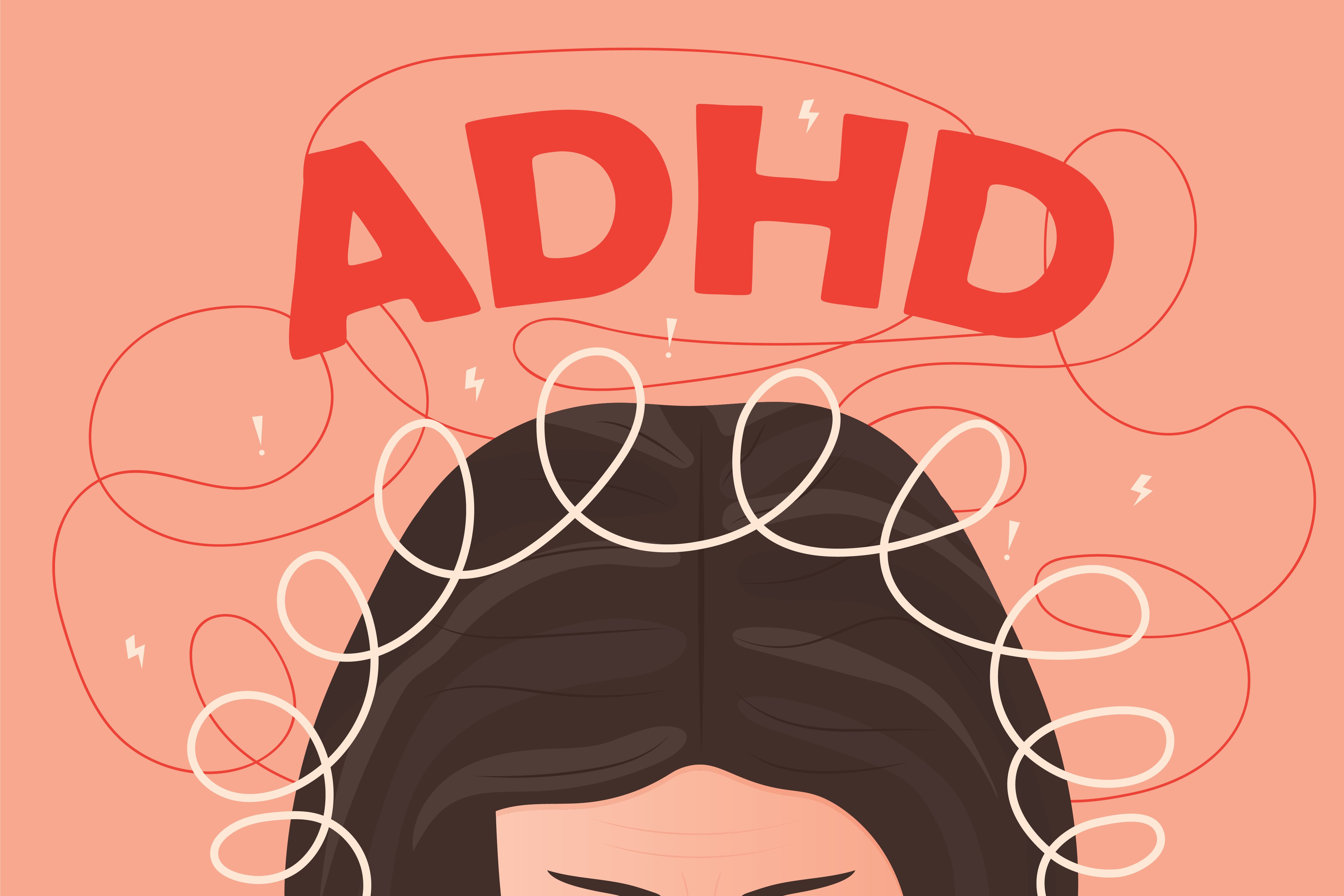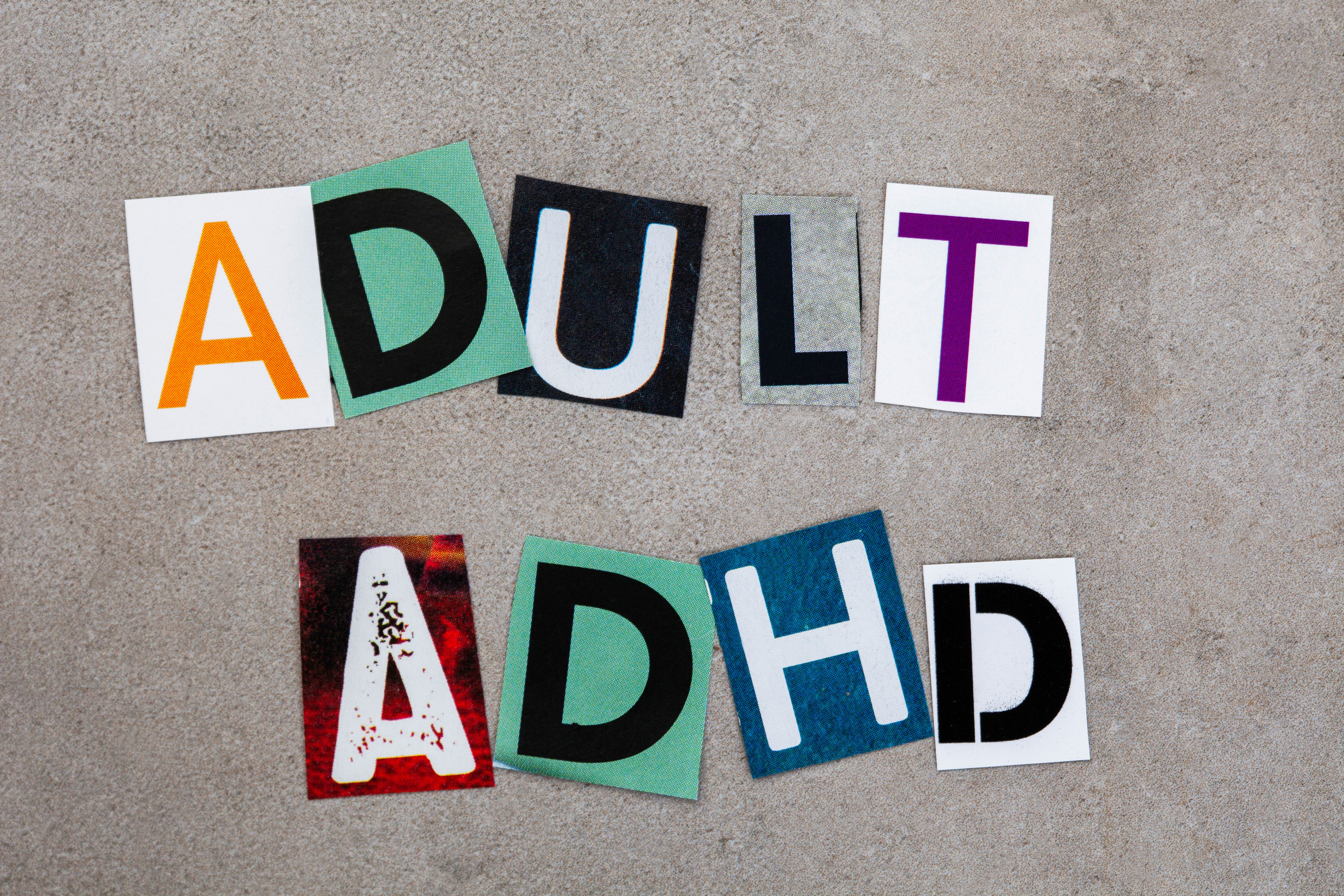Article
The DSM5 Draft: Can The Poor Writing Be Salvaged?
Author(s):
The recently posted criteria sets for DSM5 are a mess. The writing is unclear, inconsistent, and imprecise. Unless they are edited and drastically improved, any field testing based on them will be a waste of time, effort, and money- and DSM5 may not be usable.
The recently posted criteria sets for DSM5 are a mess. The writing is unclear, inconsistent, and imprecise. Unless they are edited and drastically improved, any field testing based on them will be a waste of time, effort, and money- and DSM5 may not be usable.
After all the delays in finally posting them, how could the criteria sets still be so badly written? Part of the problem is readily understandable, the other part a great mystery.
First the easy part. It is indeed very difficult to write good, clean, trouble free criteria items. I know this from painful personal experience. I find it relatively easy to sit down and write straightforward declarative prose sentences-but virtually impossible to write perfect criteria items. I tried over a 5-year period to get the hang of it, but never fully succeeded. In fact, I have known only a handful of people who have totally mastered this rare and arcane skill. To write good criteria items requires an unusual combination of clinical skills in differential diagnosis; computer skills in algorithmic logic; and legal skills of precision and vigilance about later possible misinterpretation. The closest thing to it in psychiatry is writing rating scales (and these are much easier because each scale does not interact with every other).
In all our DSM-IV experience, there was never a criteria set written by a work group that did not need extensive editing. This did not surprise us. The work group members were selected for their clinical and research expertise, not for skills in writing criteria, which they clearly did not have. The DSM5 work group members are equally clueless in this regard.
But then we get to the mystery. Why was the Work Group product posted in this raw and unedited state, without the crucial steps of central editing, revision, and rectification across categories? This was not due to a lack of time. By now the criteria should be pristine. It must be that DSM lacks the requisite writing and editing skill.
Let’s take as an illustrative example the criteria set for the “psychosis risk syndrome.”
There are many problems that disqualify this poorly conceived proposal. But the point here is that, even if the proposal made some sense (which it doesn’t), it would be sabotaged by the amateurish writing. This before versus after example illustrates just how ambiguously written are the current DSM5 draft proposals and the type of editing for clarity that is needed to bring them up to speed. Without such careful item by item editing, the majority of criteria sets in the DSM5 draft are far too confusing to be field tested and will result in unnecessarily low reliabililty.
Criterion A now reads:
“Characteristic symptoms: at least 1 of the following in attenuated form with intact reality testing, but of sufficient severity and/or frequency so as to be beyond normal variation: (i) delusions (ii) hallucinations (iii) disorganized speech”
The wording of this central criterion is ambiguous, internally inconsistent, and completely unworkable. Delusions and hallucinations are by definition psychotic phenomenon that occur in the absence of reality testing. It makes no sense to ask raters to evaluate that puzzling contradiction in terms of “delusions in an attenuated form with intact reality testing.” The poor writing has already led to embarrassing confusion. For example, the APA President, in defending the psychosis risk syndrome in Psychiatric News and in a letter to the editor of the Wall Street Journal, claimed that individuals with the risk syndrome were required to have delusions or hallucinations-a basic misunderstanding of the concept undoubtedly encouraged by the inclusion of these terms in the criterion.
A far better solution is to write this criterion in a way that describes the actual nature of the psychopathology, without using the misleading terms delusions and hallucinations. Here is a suggested rewritten version:
“Characteristic symptoms: at least 1 of the following symptoms of sufficient severity or frequency to be beyond normal variation: (i) unusual or odd beliefs that are not of delusional proportions ; (ii) unusual perceptual experiences (eg, sensing the presence of an unseen person or force in the absence of formed hallucinations); (iii) digressive, vague, or overly abstract or concrete speech.”
This example is not an isolated one. Virtually every item in the DSM5 draft needs an expert rewrite. The extremely poor quality of the postings is proof positive that the existing staff lacks the specialized skills needed to write or edit clean criteria sets. This is unacceptable and predicts a dire prognosis for DSM5. Creating precise, unambiguous, and consistent criteria is the most essential and fundamental task in the entire endeavor. It is therefore absolutely necessary for the future of DSM5 that the requisite editorial skills be brought on board now before it is too late. Without such help, DSM5 may never be worth publication.






